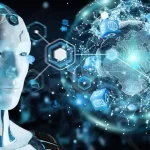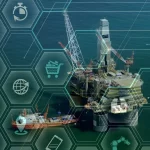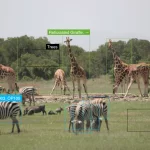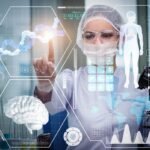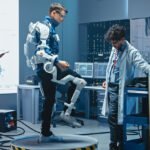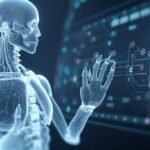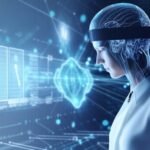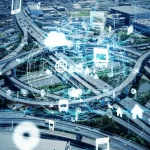AI in 2020: From Experimentation to Adoption
/ /
Artificial Intelligence (AI) has been a buzzword for several years, captivating our imaginations with visions of futuristic technologies and intelligent machines. However, in 2020, AI evolved from being a distant concept to a tangible reality with widespread adoption in various industries. This blog post explores the transformation of AI from a realm of experimentation to becoming an integral part of businesses and daily life in the year 2020.
- Advancements in AI Technology: One of the key drivers of AI’s growth in 2020 was the rapid advancements in AI technology. Machine learning algorithms, natural language processing (NLP), and computer vision capabilities improved significantly, allowing AI systems to comprehend and respond to complex data like never before. These advancements propelled AI from basic automation to more sophisticated problem-solving and decision-making processes.
- AI-Powered Solutions in Healthcare: AI’s impact on healthcare was particularly noteworthy in 2020. AI-powered solutions were employed for early disease detection, personalized treatment plans, drug development, and even predicting patient outcomes. The integration of AI in medical imaging also enhanced diagnostic accuracy, reducing human error and improving patient care.
- AI-Driven Customer Experiences: Businesses across industries embraced AI to enhance customer experiences. Chatbots and virtual assistants became common features on websites and mobile apps, enabling instant customer support and reducing response times. AI-driven personalization in e-commerce and content recommendations offered customers tailored experiences, increasing engagement and customer loyalty.
- AI for Cybersecurity: With the increasing threat of cyberattacks, AI-based cybersecurity solutions gained prominence in 2020. AI’s ability to analyze vast amounts of data in real-time helped detect and prevent cyber threats more effectively. AI-powered security systems became critical for identifying anomalies and safeguarding sensitive information.
- AI in Remote Work Environments: The COVID-19 pandemic accelerated the adoption of remote work in 2020, and AI played a crucial role in facilitating this transition. AI-powered collaboration tools, virtual meeting assistants, and project management platforms enabled seamless remote collaboration and boosted productivity in dispersed workforces.
- Ethical AI and Responsible AI Practices: As AI adoption expanded, so did the focus on ethical and responsible AI practices. In 2020, organizations and policymakers recognized the importance of building AI systems that are unbiased, transparent, and accountable. Efforts to address AI biases, data privacy concerns, and the ethical implications of AI technologies gained traction.
- AI in Education: The education sector embraced AI to enhance learning experiences. Adaptive learning platforms used AI algorithms to personalize learning paths for students based on their strengths and weaknesses. AI-driven assessment tools provided educators with valuable insights into student performance, enabling targeted interventions and improvements in the education system.
Posted in Blogs









